Zhou Fang’s Linzhi Tu (《麟趾图》, Scroll of the Qilin’s Hoof)
Attributed to Zhou Fang (周昉, c. 730–800 CE), a Tang Dynasty master renowned for his “Zhou’s style” (Zhoujia Yang 周家样) of voluptuous aristocratic figures, this silk handscroll (39.6 cm × 327.7 cm) depicts palace life in the inner quarters of the Tang imperial court. Though bearing Zhou Fang’s signature and colophons by Yuan Dynasty scholars Yu Ji (虞集) and Zhang Yu (张雨), scholars identify it as a Ming-era Suzhou workshop imitation (“苏州片”) from the 16th century, blending Tang aesthetics with Ming reinterpretations. The scroll is housed in the National Palace Museum, Taipei.
Structure and Symbolism
- Scenes of Courtly Leisure:
- Children bathe and play in lotus ponds, chase butterflies, and pluck flowers under the watchful eyes of concubines dressed in high-waisted Tang robes.
- A seated consort, modeled after figures in Qiu Ying’s Han Palace Spring Morning (《汉宫春晓图》), embodies Ming reinterpretations of Tang elegance.
- Scenes transition through “linking figures” (e.g.,宫女 holding fans), yet each retains narrative independence.
- Themes of “Linzhi”:
- The title derives from The Book of Songs (《诗经》), where “qilin’s hoof” (麟趾) symbolizes noble descendants who uphold virtue and ritual.
- The scroll idealizes imperial harmony, contrasting Tang-era opulence with Ming-era nostalgia for Confucian moral order.
Artistic Analysis
- Tang-Ming Fusion: While figures exhibit Zhou Fang’s signature rounded faces and layered drapery, their delicate brushwork and pastel hues reflect Ming tastes. The blending of Tang “丰腴” (plumpness) with Ming “秀润” (refinement) exemplifies Suzhou workshop ingenuity.
- Suzhou Workshop Practices: Ming-era Suzhou artists, including Qiu Ying’s followers, repurposed Tang motifs (e.g.,婴儿沐浴) into marketable “母子题材” (mother-child themes), catering to wealthy collectors.
- Colophons and Provenance:
- Yu Ji’s 1345 colophon falsely claims the scroll was a Song imperial treasure, a common Suzhou workshop tactic to inflate value.
- Zhang Yu praises its “ancient elegance,” unaware of its Ming origins—a testament to the workshop’s skill in forgery.
Historical Context
- Zhou Fang’s Legacy: A Tang aristocrat, Zhou revolutionized figure painting by emphasizing psychological depth, as seen in his Court Ladies Adorning Their Hair with Flowers (《簪花仕女图》). His “水月观音” (Water-Moon Guanyin) style influenced Buddhist art across East Asia.
- Ming Collecting Culture: Suzhou workshops thrived amid Jiangnan’s economic boom, producing “antiques” for literati who romanticized Tang-Song golden ages. Linzhi Tu’s survival reflects both its artistic merit and the blurred line between homage and forgery in Ming art markets.
Translation of Key Inscriptions
- Yu Ji’s Colophon (1345):
“Zhou Fang’s works are rare treasures. This scroll, once hidden in the Song imperial vault, now resurfaces—a divine marvel! - Zhang Yu’s Colophon (1349):
“Later imitators wear the robes of Zhou’s style but lack his spirit. Only this scroll, preserved by fate, captures his essence”. - Signature:
“Zhou Fang” (周昉) on the trunk of a pine tree, a Suzhou workshop flourish mimicking Tang authenticity.
Legacy
A hybrid of Tang grandeur and Ming commercial artistry, Linzhi Tu epitomizes the Suzhou workshop’s role in shaping China’s art historical narrative. While “inauthentic” by modern standards, its craftsmanship and cultural resonance secure its place among Ming masterpieces.
For digitized details, visit the National Palace Museum’s online collection.

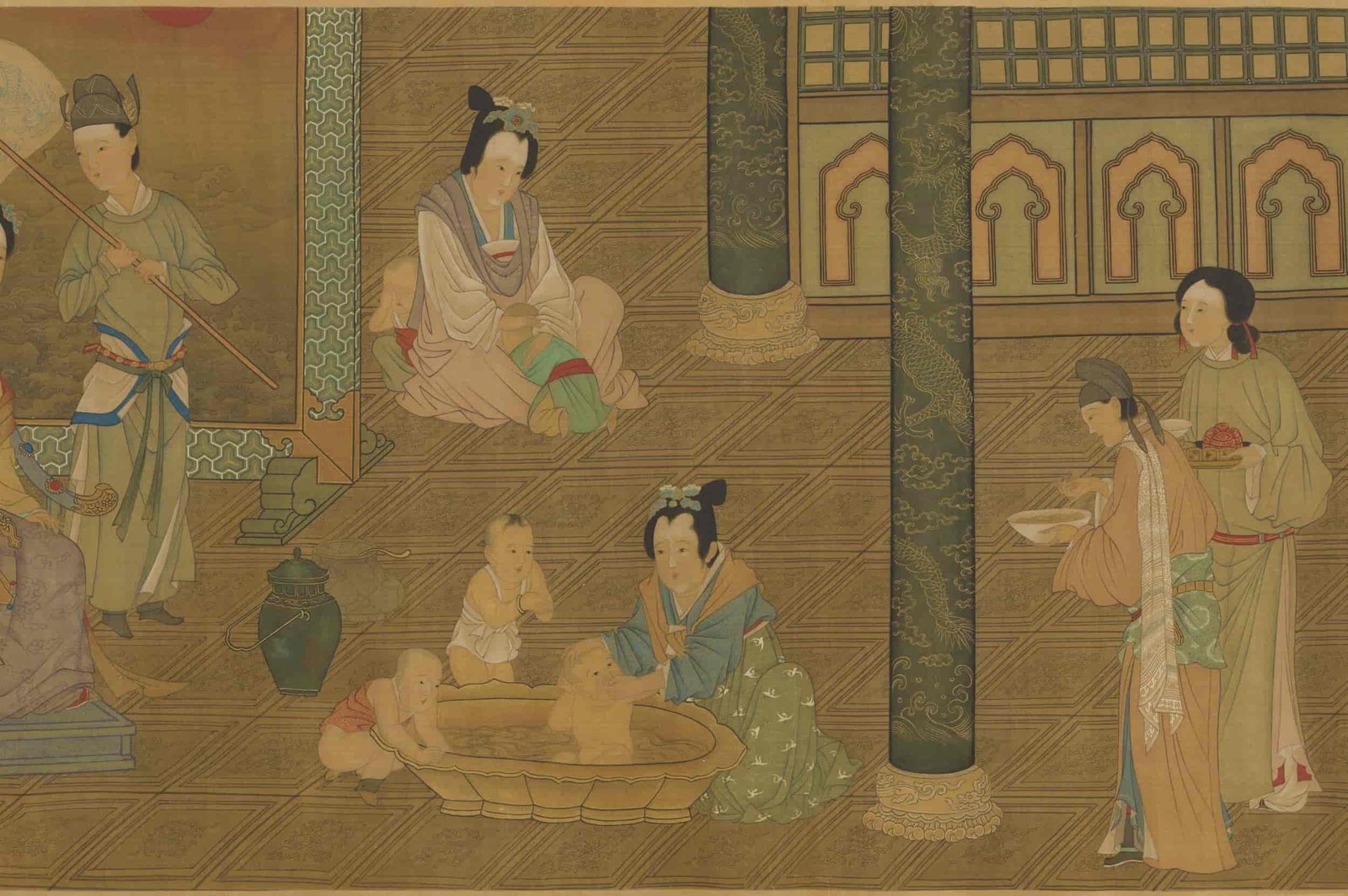
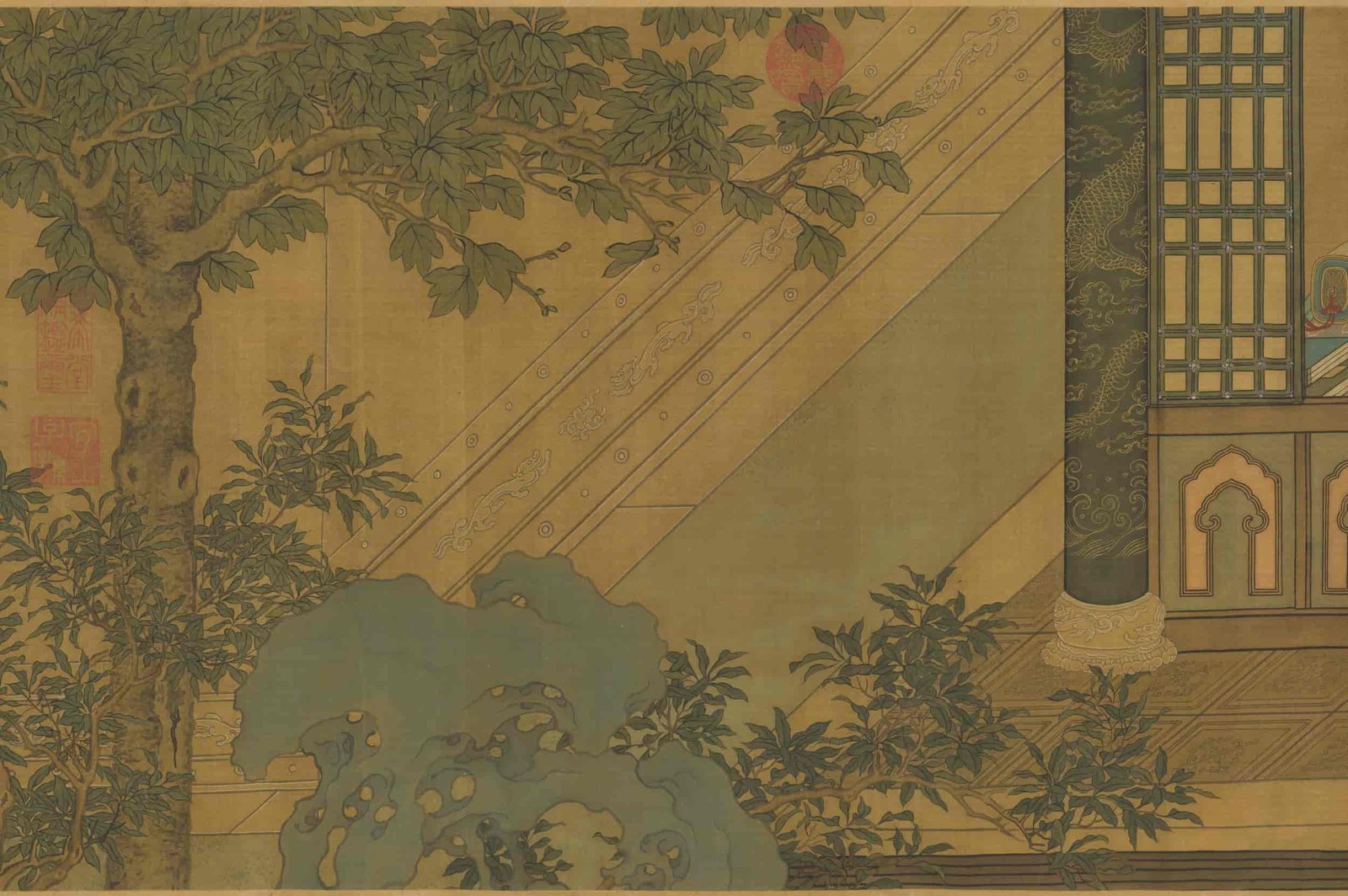
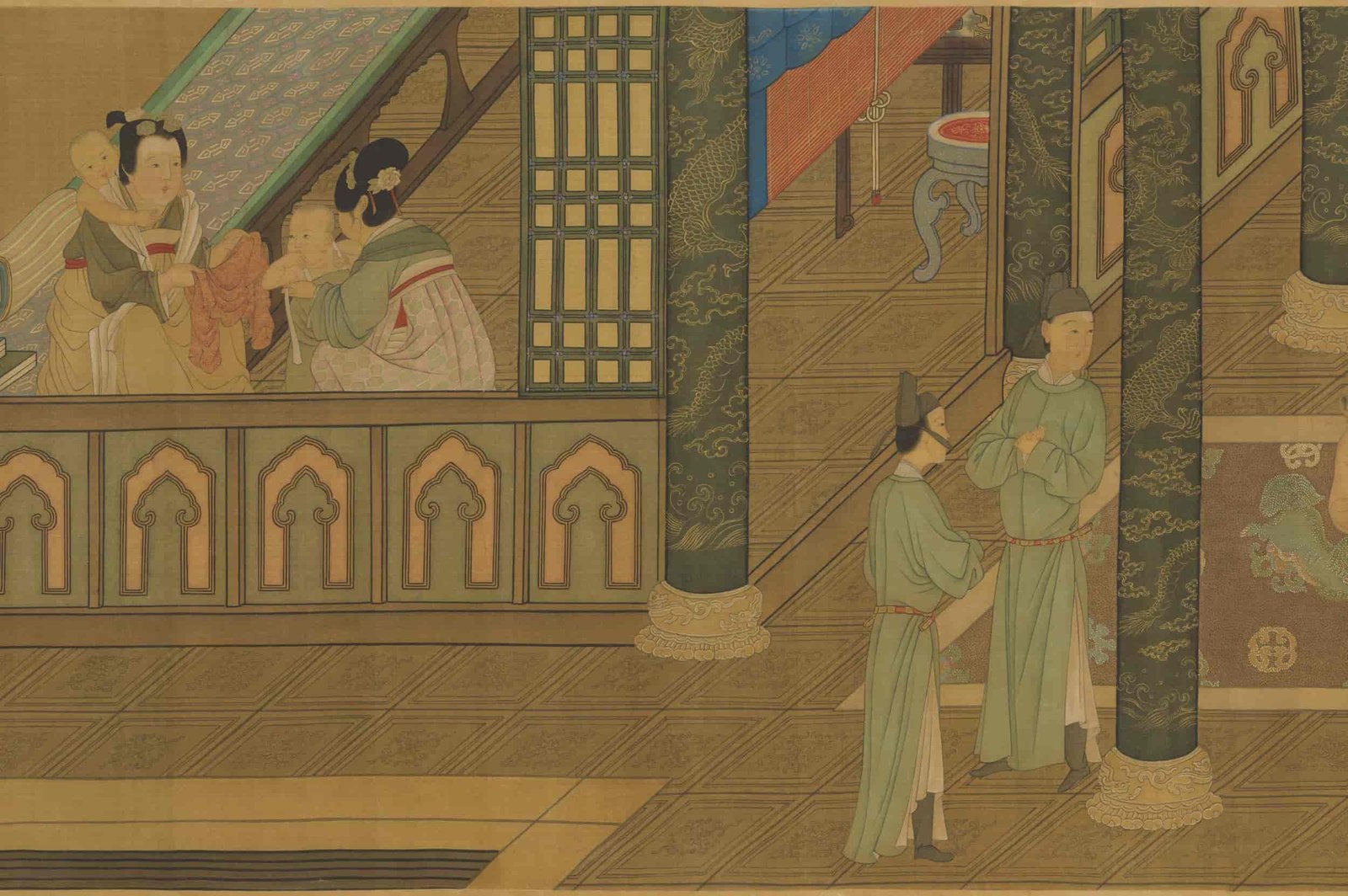
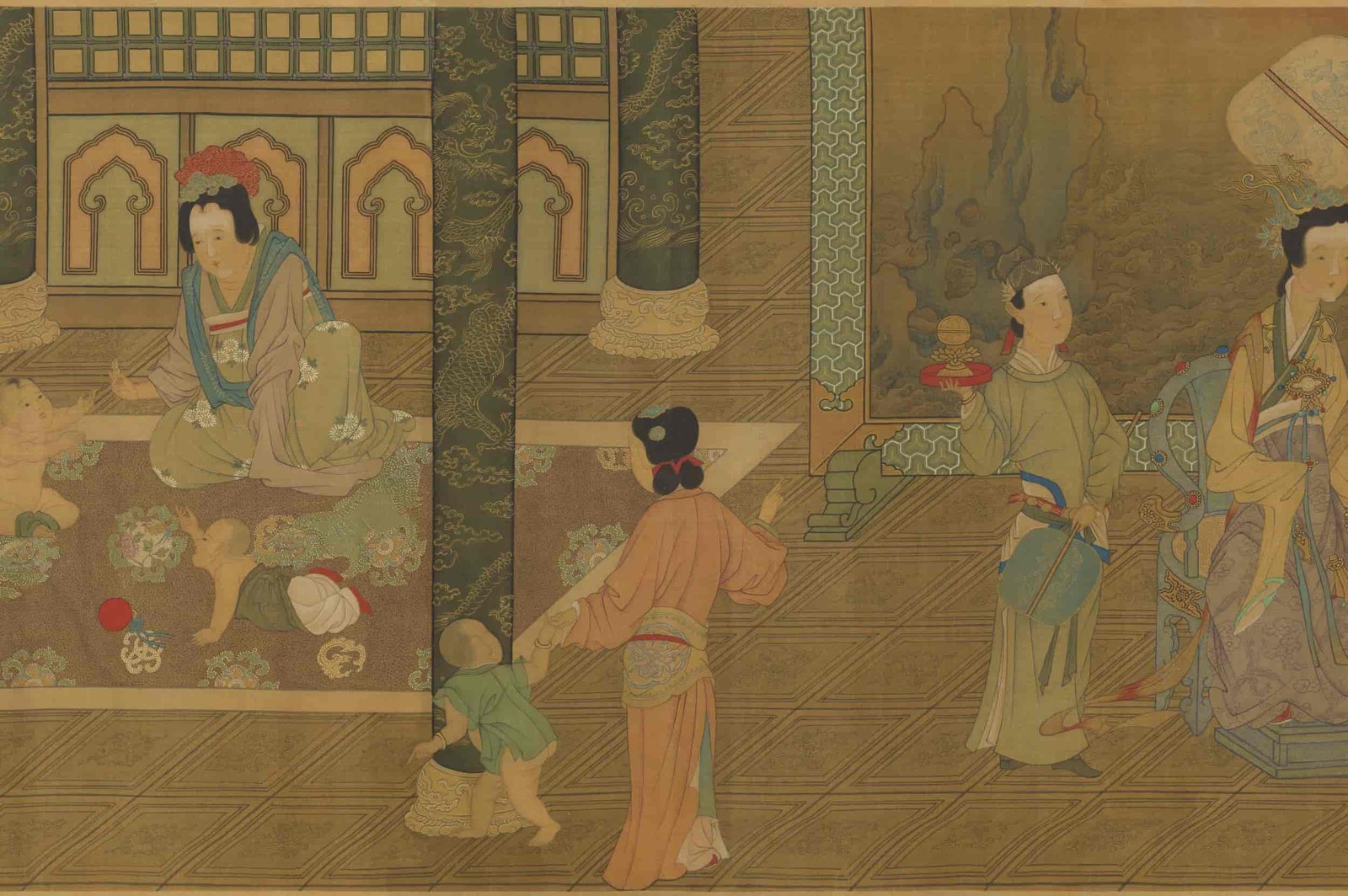
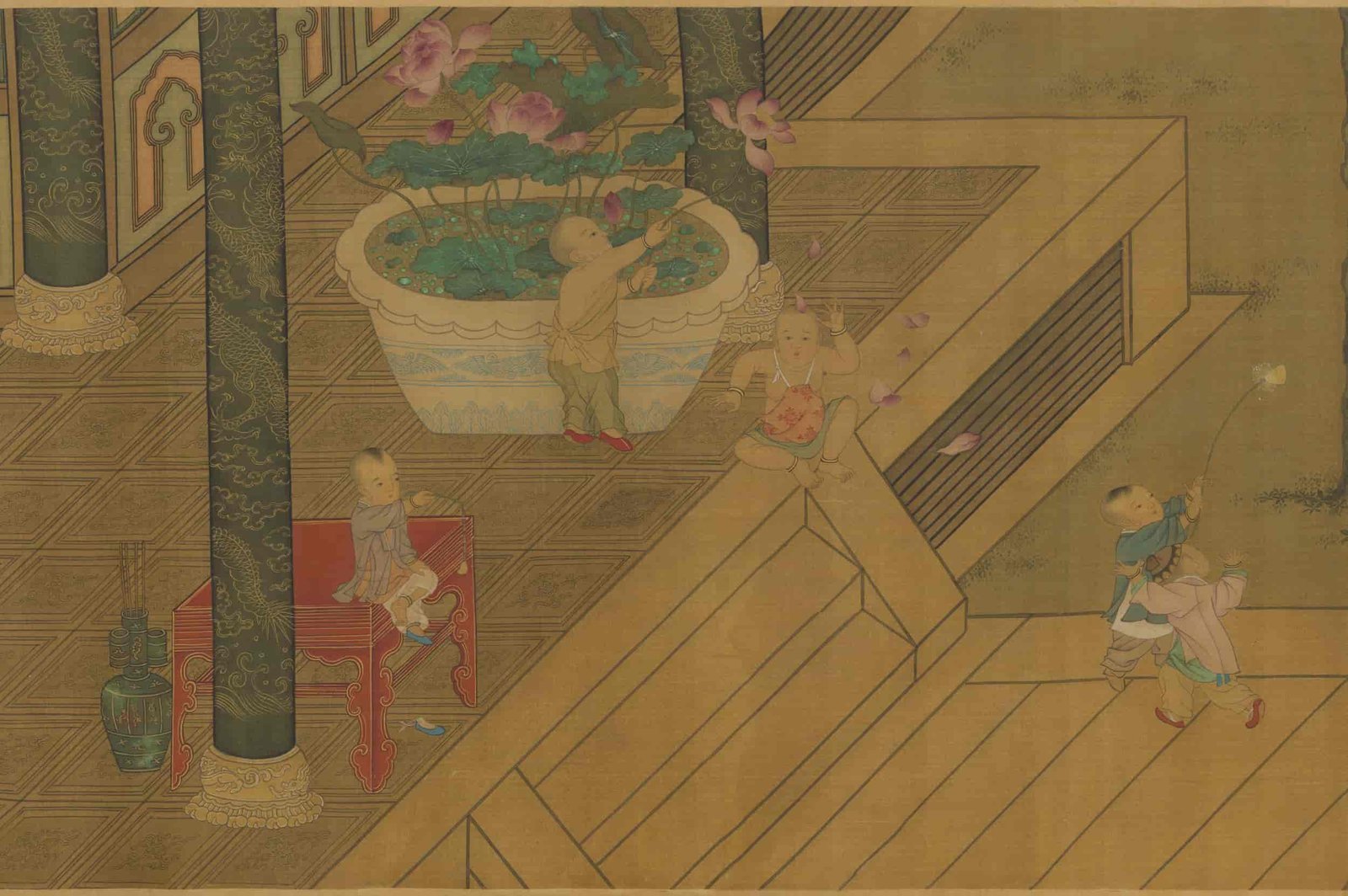
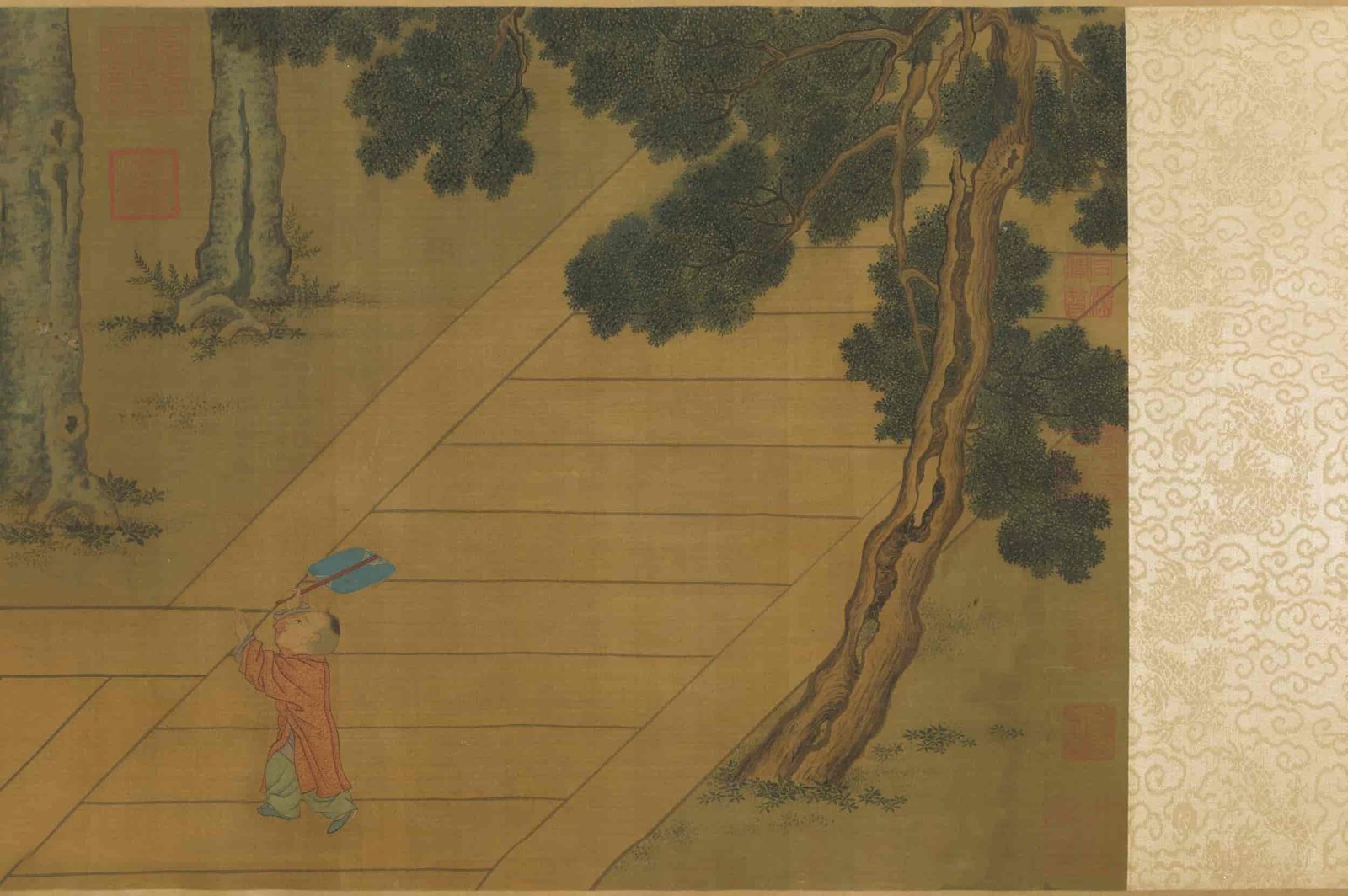
评价
目前还没有评价